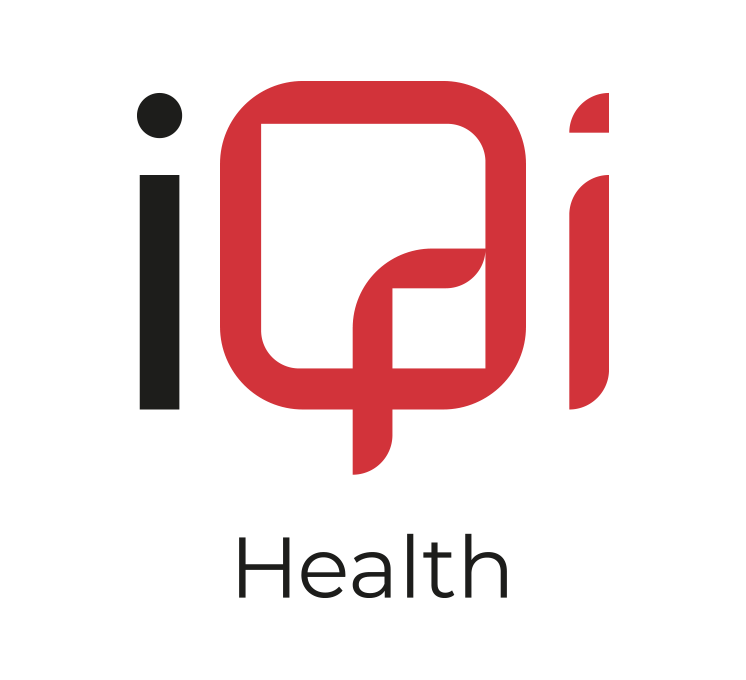Acupuncture
Out of all the modalities of Traditional Chinese Medicine (TCM), Acupuncture is by far the most well known, respected and researched.

It has been used Traditionally in Eastern medicine for millennia and used conventionally in western medicine more recently.

As we have already discussed, the traditional theory of acupuncture is to stimulate, move and strengthen Qi to bring about wellness.

Modern scientific research has shown that acupuncture has many other effects explained from a physiological point of view.
Acupuncture has been shown to:
Stimulate the release of powerful pain-killing and anti-inflammatory substances from the brain.
Change the way your brain responds to pain, and can modify internal organ function to treat many complex diseases.
Induce localised effects such as relaxation of contracted muscles and increase in blood circulation.
The channels in which the Qi flows are called Meridians, this network of channels have been shown to correlate very closely with the body’s fascia network. This is the connective tissue network which surrounds and connects every structure in the body from muscles to organs.
Like with the meridian network, it is known that the fascia network acts as a communication system connecting every aspect of the human body. Maybe this is what the Chinese determined as the meridian system those many thousands of years ago?
So what happens at an iQi Acupuncture Treatment?
Once your practitioner, Julia has made her diagnosis (through the various holistic methods discussed on the diagnostics page) she will select points to help engineer the flow of energy, by either boosting the Qi if it is depleted or to encourage it to move more freely if it is blocked.
The needles are usually left in place for 20-30 minutes (less in children) then gently removed and disposed of safely.
There is a common perception that acupuncture is an unpleasant and painful experience involving the insertion of hundreds of needles. In fact the opposite is true!
Your practitioner will chose the least number of points to achieve the most benefit. The pins are as fine as a hair and tapped in very gently.
Most people who have acupuncture express it to be a very relaxing experience and look forward to their next appointment.
If however, you cannot be persuaded by these fine pins, then fear not! At iQi we offer a number of Traditional and Modern non needle techniques that have been shown to have very similar effects to Acupuncture by stimulating and balancing the energy flow.
Moxibustion
Moxibustion is a traditional form of heat therapy which is commonly used alongside acupuncture to boost its effects. Moxa is composed of the herb Mugwort. It can be used in it’s original dried, loose form usually applied directly to the skin. It may also be rolled into cigar like sticks which are lit and held close to acupuncture points, needles and specific areas of the body.
The heat feels lovely as it penetrates deep into the tissues. It helps to strengthen the blood and energy levels and stimulates the blood flow in areas of muscular tension and pain. It is also well known in Obstetrics (pregnancy) for its effects in helping to turn breech babies into their optimum position for birth. You can read more about this in the 'Women's Health' section of the Specialist page.
Cupping
Cupping is another commonly used technique in eastern therapies and within many different cultures.
It is often used as an adjunct to acupuncture but can be an effective treatment used on its own.
This therapy involves the use of cup shaped devices which are placed on the skin creating a vacuum / suction effect.
These cups can be left in place for a certain length of time resulting in temporary red/ purple marks or moved around on the skin as a form of deep tissue massage.
The marks, although they look like bruises, are not sore and do fade over time. The darker the colour produced, the more toxins and stagnation that is indicated in that area.
The use of ‘sliding’ cupping (cupping massage) does not create marks as the cups are not left in one specific place for long enough.
In more recent times, cupping has also been used for cosmetic purposes.
These cups that are used are very small and are combined with oil enabling them to be glided gently across the face and neck.
This helps to lift and plump the skin and encourage lymph drainage.
You can read more about this in the 'Skin Health' section of the Specialist page.
Gua Sha
Gua Sha is used in similar ways to cupping. Though instead of suction; smooth, paddle like tools are scraped across the skin producing a purple, reddish colouration of the skin.
Traditionally they were made from Buffalo Horn or Ceramic but these days are typically made of plastic or precious stones such as Jade or Quartz.
Gua Sha Therapy is chosen mainly for muscular skeletal conditions but is also popular in our facial rejuvenation treatments too, producing similar effects to that of facial cupping.
When used on the face, the paddles are gently glided across the skin, not scraped and therefore do not leave any marks.
Lifestyle Advice & Self Help Tools
In Holistic Medicine, Lifestyle advice is fundamental in treating the root cause. More often than not, lifestyle factors are the cause and triggers to our symptoms. Without identifying and addressing these, then we will never truly resolve our problems.
Lifestyle factors can include, diet, exercise, sleep and stress management as well as identifying and removing exposure to certain toxic things in our environment.
Once identified, your practitioner will advise and empower you with the tools to help manage your condition and address these causative lifestyle factors for sustained healing and wellness.
Traditional Chinese Dietary Advice
We are all very familiar with the nutritional content of food but very few are aware of the concept of it’s ‘energetic’ value. This is not the same as it’s calorific content but rather it’s action on our energetic flow in our bodies.
In TCM, similarly with Herbal medicine, each food has a specific action on a particular meridian pathway. For instance, Garlic pertains to the Lung Meridian strengthening its Qi which could be understood as it’s action of boosting the Immune System in Western Theory.
Every food item is also considered to have a thermal action on the body. Some foods are naturally warm or hot such as spices, coffee and alcohol. Whereas other foods
have a cooling effect on the body such as yoghurt, cucumber and watermelon.
In TCM, we would recommend food items according to that person’s energetic imbalance.
For instance, if someone is diagnosed with being ‘Cold’ and ‘Damp’ according to TCM theory, then we would recommend incorporating foods that were ‘warming’ and ‘drying’ in nature to counteract the problem as well as advising to avoid those that have a cooling and moistening action to prevent aggravation of their symptoms.
Meridian Stretches & Acupressure
Other self help tools in which your Practitioner may include in your treatment to help manage symptoms in between treatments or as part of a Tele-Health Consult could be:
Specific exercises or stretches that help move the energy in problematic channels.
Self massage of specific acupuncture points.
Acu-patches which you can stick directly onto points and areas of pain.
Ear seeds that stick to specific points on the ears to press.
Essential oil blends to inhale, diffuse or apply topically.
At iQi, every patient receives a full report after each treatment. Along with a complete Meridian Analysis, this report is where you would find your dietary recommendations along with any points to massage or exercises to carry out in between treatments.
